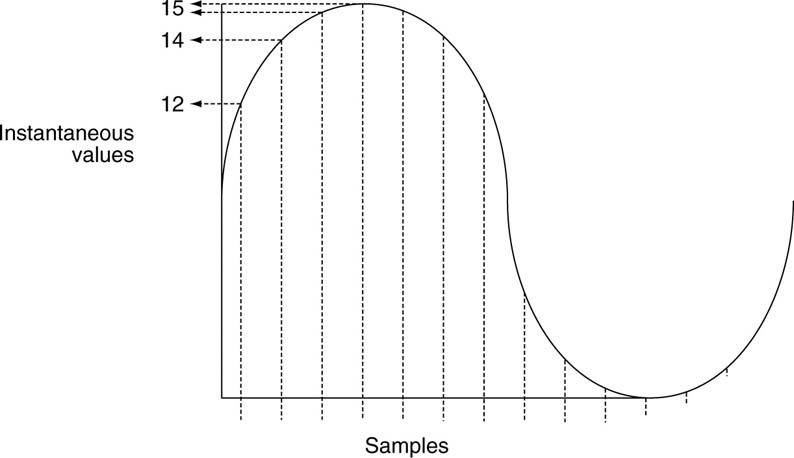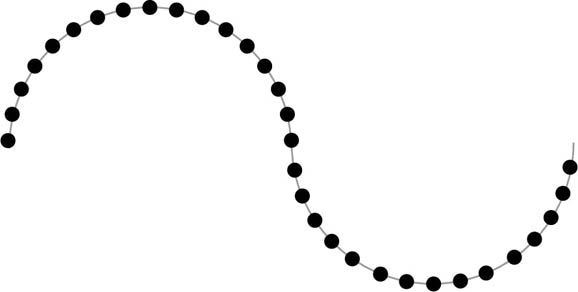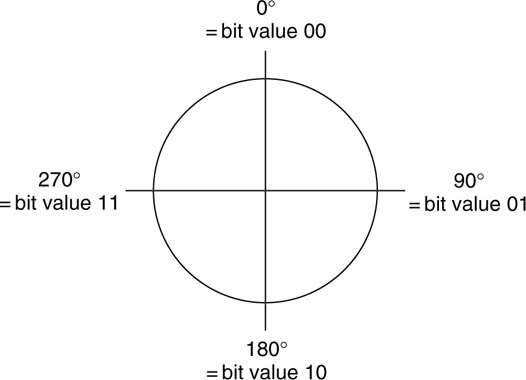Digital
A digital signal conveys information as a series of ‘on’ and ‘off’ states, which can be thought of corresponding to numbers ‘1’ and ‘0’ – this is based on the binary number system.
In a stream of 1s and 0s, each 1 and each 0 is termed a bit, and a digital signal is defined by the parameter of bits. For instance, the signal is transmitted at a certain speed called the bit-rate, which is often measured in bits per second (bps). You may recognize this when looking at the modem speed on your computer, and how fast it can communicate over a telephone line.
The advantage of using the binary system of 1s and 0s is that these numbers are very easy to transmit electronically rapidly as ‘on’ and ‘off’. Morse code is a similar type of system, where the message is conveyed by flashing a light on and off, or turning an audio tone on and off, in a coded sequence.
The analogue signal – and this can be either a video or audio signal – is converted to a digital signal by slicing or sampling the analogue signal thousands or millions of times per second. In effect sampling is taking a series of snapshots of the level of the analogue signal at each instant.
Digital sampling

Each sample value is then converted to a binary number and transmitted. At the receiving end, these numbers are converted back to ordinary numbers and by electronically ‘joining the dots up’, the original shape of the analogue signal can be reconstructed.
Joining the dots up

The advantage of a digital signal, particularly in relation to microwave transmissions, is that the amount of power required to successfully transmit it can be significantly lower than the power required for analogue transmission.
This is because in general the signals are more easily recovered from the background interference ‘noise’.
Phase modulation
We can also convey information by varying the phase of the carrier signal, and although it is used to in the analogue domain (particularly TV signals), it is important when we come to look at digital modulation.
Imagine we have two signals, identical in phase. If we move the second carrier signal (our information signal) forwards or backwards in phase relative to the first signal (which we can call the reference signal), we can convey information.
Now, you may say, that is not very efficient if we have to transmit two signals – but we do not actually transmit the reference signal – only one signal is transmitted. Instead, using some clever processing, we can recreate the reference signal from the carrier signal at the far end.
Using phase to convey information

